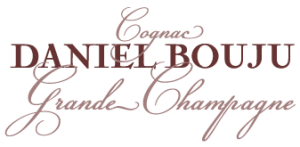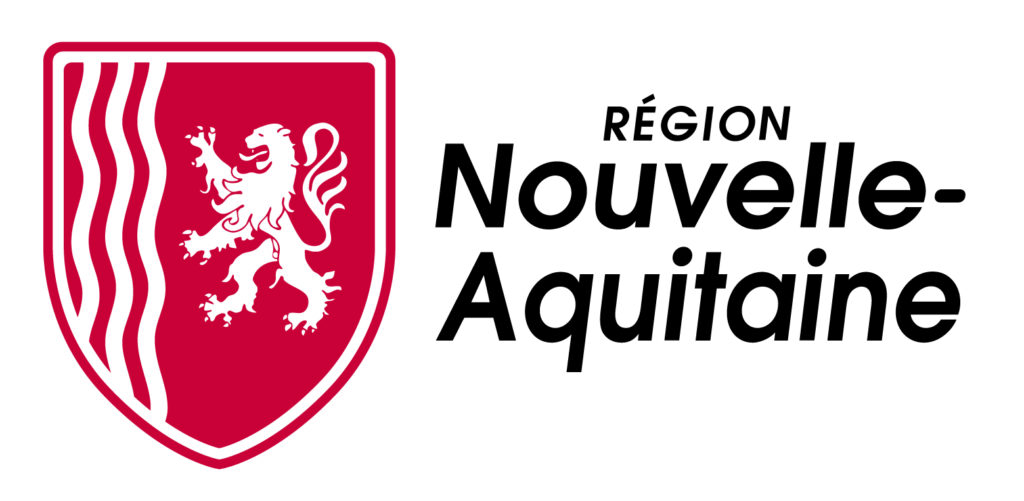Vintage boiler
Vintage boiler
The stages of distillation
The unfiltered wine is introduced with its lees into our small Charentais still. Indeed, distilled with the wine, the lees will bring even more roundness and aromas.
Open-fire gas heating allows us better control and greater flexibility in heating. The heat from the fireplace brings the wine to a boil. The alcoholic vapors rise slowly, accumulate in the marquee and then enter the serpentine. In contact with the refrigerant, they condense to flow at the level of the alcoholmeter holder and thus obtain the result of the first “heating” called “bruillis”.
This “brouillis” collected at the end of the first heating is returned to the boiler for a second distillation.
This second heating called Bonne Chauffe is extremely delicate and requires very long attention. Indeed, it is advisable to first eliminate the first still imperfect condensed vapours: “the heads”, then the last: “the tails”, to keep only what is commonly called in our Charente countryside “the heart”. , that is to say the spirit of the wine containing all the elements that give cognac its bouquet and its inimitable aromas.
This fundamental operation must be carried out very slowly and under constant supervision.
The family method
It is at the cost of this constant devotion, respect for the traditional method and this ancestral know-how, that the eau de vie will present a unique perfume, of great delicacy.
If you have the opportunity to go to the property during this time of year, it is with pleasure that François BOUJU will be able to show you all the particularities of the art of distillation of a producer of Cognac Grande Champagne.
The family method
It is at the cost of this constant devotion, respect for the traditional method and this ancestral know-how, that the eau de vie will present a unique perfume, of great delicacy.
If you have the opportunity to go to the property during this time of year, it is with pleasure that François BOUJU will be able to show you all the particularities of the art of distillation of a producer of Cognac Grande Champagne.


